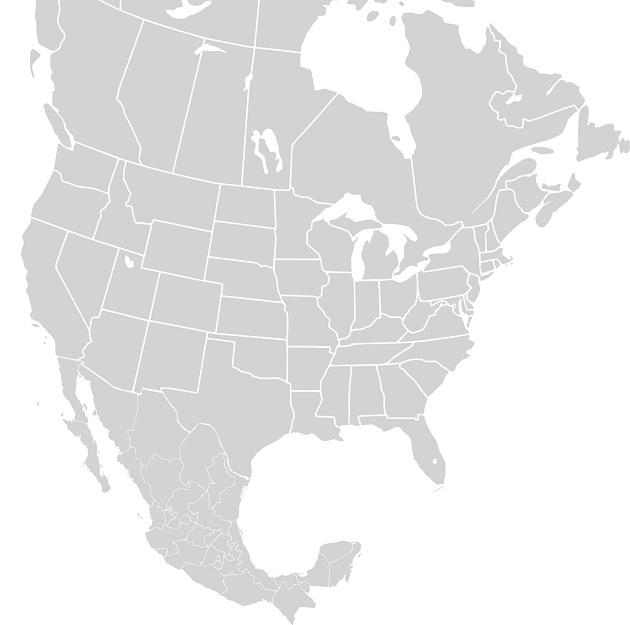Fruit thinning is a management practice that reduces the number of fruits per tree in the current season, resulting in increased fruit size of the remaining fruits and increased return bloom and yield in the next season. Although it can be difficult to achieve, fruit thinning is the single most important management strategy in determining the annual profitability of apple orchards.
Intensity of Thinning
Management of crop load is a balancing act between reducing crop load sufficiently to achieve optimum …






